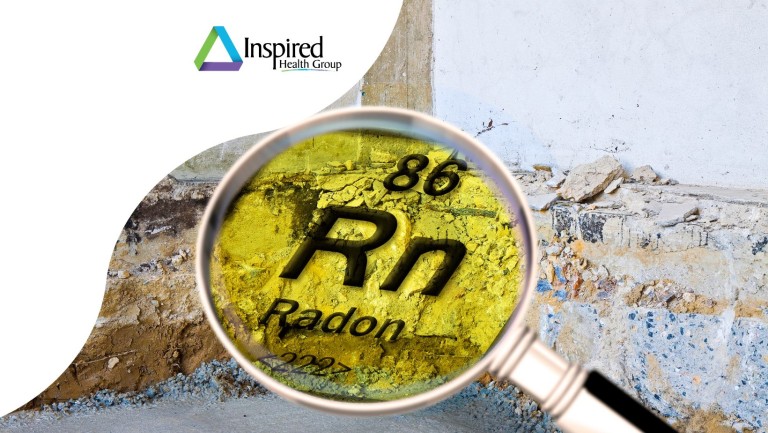Radon is the second leading cause of lung cancer deaths after cigarette smoke. In honor of National Radon Action Month, learn how to protect yourself and your loved ones.
What is Radon?
Radon, a radioactive gas, exists in both outdoor and indoor air. Certain building materials can emit trace amounts of radon. Regardless of a building's age, structure, or ventilation, radon can accumulate within a home or building. It's important to note that there is no safe level of radon exposure, and it's best to strive for the lowest possible levels.
Lung Cancer Risk:
Radon is the second leading cause of lung cancer deaths in the United States, with only cigarette smoke causing more fatalities. As per the EPA and the Surgeon General's office, radon exposure is responsible for over 21,000 lung cancer deaths annually in the country.
Inhaling radon leads to the entrapment of radioactive particles from its gas decay in the lungs. Lung cancer takes years to develop, and symptoms typically manifest at an advanced stage, making it harder to treat. Therefore, it's crucial to take preventative measures to minimize radon exposure throughout one's lifetime to decrease the risk of lung cancer.
Several factors can increase an individual's vulnerability to developing lung cancer due to radon exposure. These factors include:
- Regularly spending time in a building, including your home, that has high levels of radon.
- Spending the majority of your time in a section of the building with high radon levels. Typically, basements and lower levels of a building have higher radon levels.
- Smoking cigarettes, either currently or in the past.
- Burning substances such as coal, wood, or others that add particles to the air.
Currently, there is insufficient data to determine whether children have a greater risk of developing lung cancer resulting from radon exposure than adults. However, it's worth noting that children may inhale more radon than adults, even when exposed to similar levels for the same duration. This is due to their differing lung sizes, shapes, and faster breathing rates.
What you can do:
To determine whether your home or office has unsafe levels of radon, testing is necessary. You can either contact your state radon office for testing or purchase a test kit from a hardware store or online. If the test reveals radon levels above 4pCi/L or if you're interested in mitigating radon in your home, contact your state radon office for assistance in identifying a qualified or state-certified radon contractor in your area to address the issue. As reducing high levels of radon requires specialized knowledge and skills, it's crucial to rely on a qualified professional for these repairs. It's also essential to retest radon levels after any repairs to ensure their efficacy.
Ways to Keep Radon Levels Low
As there is no safe level of radon, reducing radon levels within your home or building is critical to minimizing the risk of lung cancer, even if the concentration is below 4 pCi/L. The U.S. Department of Housing and Urban Development recommends specific actions to mitigate your exposure to radon and lower radon levels in your home, including:
- Enhancing air circulation within your home by utilizing fans, vents, and opening windows. However, this is only a temporary solution and cannot be solely relied upon to reduce radon levels.
- Sealing any cracks in walls and floors using materials specifically designed for this purpose, such as plaster or caulk.
- Covering the earth floor in crawl spaces with a high-density plastic sheet and using a vent pipe and fan to extract radon from beneath the sheet and vent it outdoors.
Always test radon levels again after you’ve made any of these changes to ensure these actions reduced the radon levels.
Learn more

